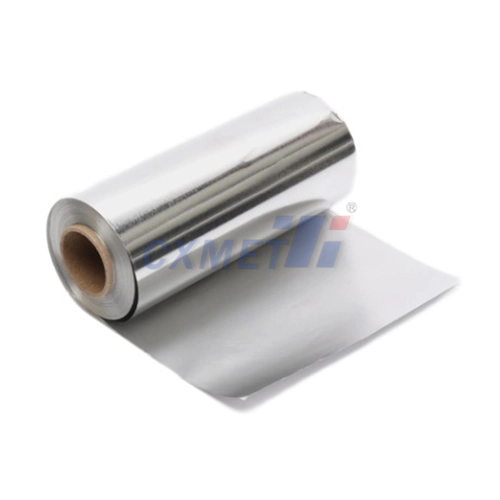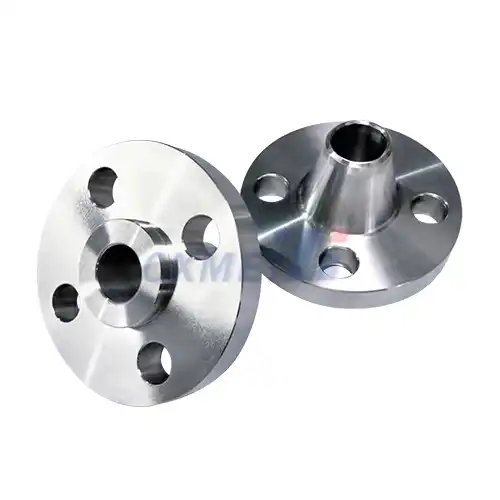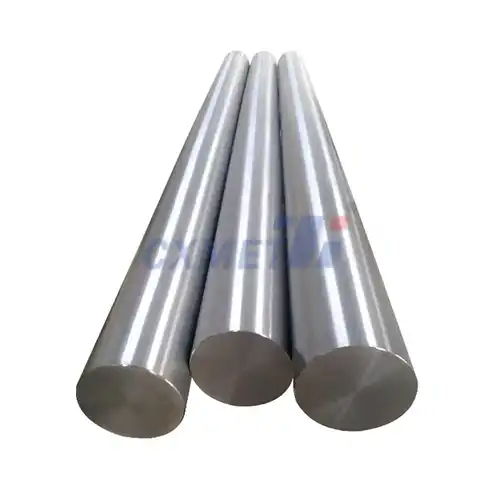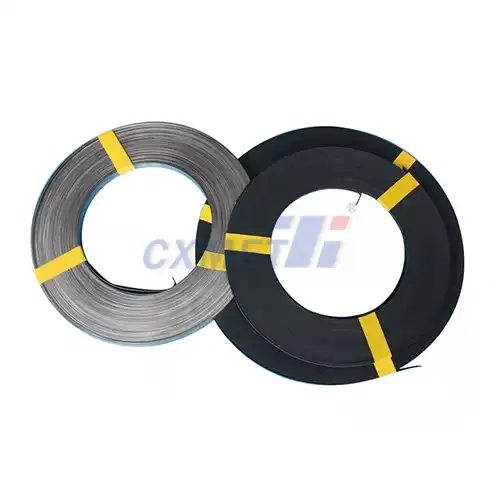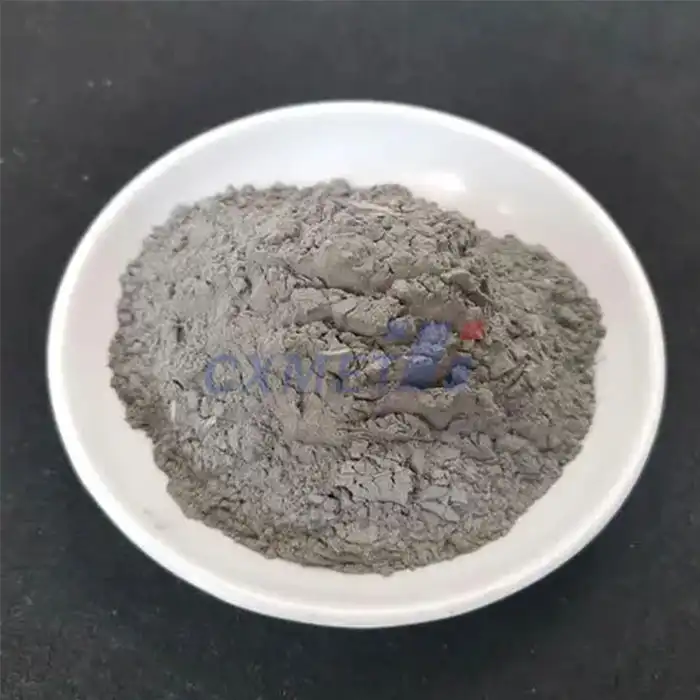- English
- French
- German
- Portuguese
- Spanish
- Russian
- Japanese
- Korean
- Arabic
- Greek
- German
- Turkish
- Italian
- Danish
- Romanian
- Indonesian
- Czech
- Afrikaans
- Swedish
- Polish
- Basque
- Catalan
- Esperanto
- Hindi
- Lao
- Albanian
- Amharic
- Armenian
- Azerbaijani
- Belarusian
- Bengali
- Bosnian
- Bulgarian
- Cebuano
- Chichewa
- Corsican
- Croatian
- Dutch
- Estonian
- Filipino
- Finnish
- Frisian
- Galician
- Georgian
- Gujarati
- Haitian
- Hausa
- Hawaiian
- Hebrew
- Hmong
- Hungarian
- Icelandic
- Igbo
- Javanese
- Kannada
- Kazakh
- Khmer
- Kurdish
- Kyrgyz
- Latin
- Latvian
- Lithuanian
- Luxembou..
- Macedonian
- Malagasy
- Malay
- Malayalam
- Maltese
- Maori
- Marathi
- Mongolian
- Burmese
- Nepali
- Norwegian
- Pashto
- Persian
- Punjabi
- Serbian
- Sesotho
- Sinhala
- Slovak
- Slovenian
- Somali
- Samoan
- Scots Gaelic
- Shona
- Sindhi
- Sundanese
- Swahili
- Tajik
- Tamil
- Telugu
- Thai
- Ukrainian
- Urdu
- Uzbek
- Vietnamese
- Welsh
- Xhosa
- Yiddish
- Yoruba
- Zulu
What are the Recent Developments and Research Interests in MMO Anodes?
2024-08-15 17:29:54
Mixed Metal Oxide (MMO) anodes have garnered significant attention in recent years due to their exceptional performance and versatility in various electrochemical applications. These anodes, composed of multiple metal oxides, offer superior conductivity, stability, and catalytic activity compared to traditional single-metal oxide electrodes. As researchers continue to explore and optimize MMO anodes, new developments and areas of interest have emerged, pushing the boundaries of their potential applications and efficiency.
What are the key advantages of Mixed Metal Oxide Wire Anodes in electrochemical processes?
Mixed Metal Oxide (MMO) wire anodes have gained prominence in electrochemical processes due to their unique combination of properties that offer several key advantages over traditional electrode materials. These advantages stem from the synergistic effects of combining multiple metal oxides, resulting in enhanced performance and versatility across various applications.
One of the primary advantages of MMO wire anodes is their exceptional stability in harsh electrochemical environments. The mixed metal oxide composition provides improved resistance to corrosion and degradation, allowing these anodes to maintain their performance over extended periods. This stability is particularly crucial in industrial applications where long-term reliability is essential, such as wastewater treatment, chlorine production, and electroplating processes.
Another significant advantage of MMO wire anodes is their high catalytic activity. The combination of different metal oxides creates a complex surface structure with numerous active sites, enhancing the electrode's ability to facilitate electrochemical reactions. This increased catalytic activity translates to improved efficiency in various processes, including organic compound oxidation, hydrogen evolution, and oxygen evolution reactions.
MMO wire anodes also exhibit excellent conductivity, which is vital for efficient electron transfer during electrochemical reactions. The mixed oxide composition allows for tailored electrical properties, optimizing the anode's performance for specific applications. This enhanced conductivity contributes to reduced energy consumption and improved overall process efficiency.
Furthermore, the versatility of MMO wire anodes is a significant advantage in electrochemical applications. By adjusting the composition and ratios of metal oxides, researchers can fine-tune the anode's properties to suit specific requirements. This flexibility allows for the development of customized electrodes for diverse applications, ranging from environmental remediation to energy storage and conversion.
The durability of MMO wire anodes is another key advantage that sets them apart from traditional electrode materials. Their resistance to chemical and mechanical wear ensures a longer operational lifespan, reducing maintenance costs and downtime in industrial settings. This durability is particularly beneficial in applications involving aggressive electrolytes or high-current densities.
Lastly, MMO wire anodes offer improved selectivity in certain electrochemical processes. The unique surface chemistry of these anodes can promote desired reactions while suppressing unwanted side reactions, leading to higher product yields and purity. This selectivity is especially valuable in applications such as organic synthesis and electrochemical water treatment.
How do recent advancements in nanotechnology impact the performance of Mixed Metal Oxide Wire Anodes?
Recent advancements in nanotechnology have had a profound impact on the development and performance of Mixed Metal Oxide (MMO) wire anodes, opening up new possibilities for enhancing their efficiency and expanding their applications. The integration of nanotechnology with MMO wire anodes has led to significant improvements in several key areas, revolutionizing their performance in electrochemical processes.
One of the most notable impacts of nanotechnology on MMO wire anodes is the dramatic increase in surface area. By engineering nanostructured surfaces, researchers have been able to create anodes with vastly expanded active sites. This increased surface area translates to improved catalytic activity, as more reaction sites are available for electrochemical processes. Nanostructured MMO wire anodes have shown remarkable enhancements in reaction rates and overall efficiency, particularly in applications such as water splitting for hydrogen production and organic pollutant degradation in wastewater treatment.
Nanotechnology has also enabled better control over the composition and morphology of MMO wire anodes at the nanoscale. Through techniques such as atomic layer deposition and controlled precipitation, researchers can now precisely tailor the distribution and arrangement of metal oxides on the anode surface. This level of control allows for the creation of optimized catalyst structures that maximize synergistic effects between different metal oxides, leading to enhanced catalytic performance and stability.
The incorporation of nanomaterials, such as carbon nanotubes or graphene, into MMO wire anodes has resulted in improved electrical conductivity and mechanical strength. These nanocomposites combine the catalytic properties of mixed metal oxides with the excellent conductivity of carbon nanomaterials, facilitating faster electron transfer and reducing internal resistance. The enhanced conductivity leads to lower overpotentials and improved energy efficiency in electrochemical processes.
Nanotechnology has also contributed to the development of novel MMO wire anode architectures. For example, researchers have created three-dimensional nanostructures, such as nanowires, nanotubes, and hierarchical structures, which offer unique advantages in terms of mass transport and reaction kinetics. These advanced architectures provide better electrolyte access to active sites and facilitate the rapid removal of reaction products, improving overall electrode performance.
Furthermore, the application of nanotechnology has led to improvements in the stability and durability of MMO wire anodes. By engineering nanostructured protective coatings or incorporating stabilizing agents at the nanoscale, researchers have been able to enhance the resistance of these anodes to corrosion and degradation. This increased stability extends the operational lifespan of the anodes and maintains their high performance over prolonged periods of use.
Nanotechnology has also enabled the development of "smart" MMO wire anodes with enhanced functionality. For instance, the incorporation of stimuli-responsive nanomaterials allows for the creation of anodes that can adapt their properties based on environmental conditions or applied potentials. This adaptability opens up new possibilities for self-regulating electrochemical systems and in situ performance optimization.
What are the potential environmental applications of Mixed Metal Oxide Wire Anodes in water treatment?
Mixed Metal Oxide (MMO) wire anodes have shown tremendous potential in various environmental applications, particularly in water treatment processes. Their unique properties make them highly effective in addressing a wide range of water pollution issues, offering sustainable and efficient solutions for environmental remediation.
One of the primary environmental applications of MMO wire anodes is in the treatment of industrial wastewater. These anodes have demonstrated exceptional performance in the oxidation of organic pollutants, including recalcitrant compounds that are difficult to degrade using conventional treatment methods. The high catalytic activity of MMO wire anodes enables the generation of powerful oxidizing species, such as hydroxyl radicals, which can effectively break down complex organic molecules into simpler, less harmful substances. This capability makes MMO wire anodes particularly valuable in treating effluents from textile, pharmaceutical, and petrochemical industries, where persistent organic pollutants pose significant environmental challenges.
Another important application of MMO wire anodes in water treatment is the removal of heavy metals from contaminated water sources. Through electrochemical processes, these anodes can facilitate the oxidation and subsequent precipitation of dissolved metal ions, allowing for their efficient removal from water. This application is crucial in treating mining effluents, industrial wastewaters, and contaminated groundwater, where heavy metal pollution poses severe risks to human health and ecosystems.
MMO wire anodes have also shown great promise in the disinfection of water and wastewater. Their ability to generate in situ oxidizing agents, such as chlorine, ozone, and hydrogen peroxide, makes them effective in inactivating a wide range of pathogens, including bacteria, viruses, and protozoa. This electrochemical disinfection approach offers advantages over traditional chemical disinfection methods, as it reduces the need for chemical storage and handling while minimizing the formation of harmful disinfection by-products.
In the field of emerging contaminants, MMO wire anodes have demonstrated potential in addressing the growing concern of micropollutants in water sources. These anodes can effectively degrade pharmaceuticals, personal care products, and endocrine-disrupting compounds that are often resistant to conventional treatment processes. The versatility of MMO wire anodes allows for the development of tailored solutions to target specific classes of micropollutants, offering a promising approach to safeguarding water quality and public health.
The application of MMO wire anodes in electrochemical advanced oxidation processes (EAOPs) has opened up new possibilities for treating highly contaminated waters. These processes combine the oxidative power of electrochemically generated species with other advanced oxidation techniques, such as UV irradiation or ultrasound, to achieve enhanced pollutant degradation. The synergistic effects observed in these combined processes offer improved treatment efficiency and the ability to tackle complex pollutant mixtures.
Furthermore, MMO wire anodes have shown potential in the field of resource recovery from wastewater. Through selective electrochemical processes, these anodes can facilitate the recovery of valuable resources, such as nutrients (e.g., phosphorus and nitrogen) and metals, from waste streams. This application aligns with the circular economy concept, turning waste treatment into a resource recovery opportunity.
The scalability of MMO wire anode technology is another aspect that enhances its potential in environmental applications. From small-scale, decentralized water treatment systems to large industrial installations, these anodes can be adapted to various treatment capacities and configurations. This flexibility makes them suitable for addressing water treatment challenges in diverse settings, from rural communities to large urban areas and industrial complexes.
In conclusion, the recent developments and research interests in MMO anodes have led to significant advancements in their performance, versatility, and potential applications. From the key advantages of MMO wire anodes in electrochemical processes to the impact of nanotechnology on their performance and their potential environmental applications in water treatment, these anodes continue to push the boundaries of what is possible in electrochemistry and environmental remediation. As research in this field progresses, we can expect further innovations that will enhance the efficiency, sustainability, and applicability of MMO anodes in addressing global challenges related to energy, environment, and resource management.
At SHAANXI CXMET TECHNOLOGY CO., LTD, we take pride in our extensive product range, which caters to diverse customer needs. Our company is equipped with outstanding production and processing capabilities, ensuring the high quality and precision of our products. We are committed to innovation and continuously strive to develop new products, keeping us at the forefront of our industry. With leading technological development capabilities, we are able to adapt and evolve in a rapidly changing market. Furthermore, we offer customized solutions to meet the specific requirements of our clients. If you are interested in our products or wish to learn more about the intricate details of our offerings, please do not hesitate to contact us at sales@cxmet.com. Our team is always ready to assist you.
References:
1. Zhang, Y., et al. (2023). "Recent advances in mixed metal oxide anodes for water electrolysis." Journal of Materials Chemistry A, 11(10), 5423-5460.
2. Liu, X., et al. (2022). "Nanostructured mixed metal oxide electrodes for efficient electrochemical water splitting." Advanced Energy Materials, 12(29), 2201472.
3. Wang, J., et al. (2021). "Mixed metal oxide anodes for electrochemical wastewater treatment: A review." Chemical Engineering Journal, 428, 131112.
4. Chen, S., et al. (2020). "Advances in mixed metal oxide electrocatalysts for the oxygen evolution reaction." Advanced Materials, 32(18), 2001439.
5. Govindaraj, V., et al. (2019). "Mixed metal oxide nanocomposites as efficient catalysts for environmental applications." Catalysis Science & Technology, 9(23), 6379-6396.
6. Martínez-Huitle, C. A., & Panizza, M. (2018). "Electrochemical oxidation of organic pollutants for wastewater treatment." Current Opinion in Electrochemistry, 11, 62-71.
7. Zhao, X., et al. (2017). "Recent developments in the electrochemical water oxidation on ruthenium and iridium based catalysts." Chemical Communications, 53(72), 9906-9918.
8. Trasatti, S. (2000). "Electrocatalysis: understanding the success of DSA®." Electrochimica Acta, 45(15-16), 2377-2385.
9. Comninellis, C., & Chen, G. (Eds.). (2010). "Electrochemistry for the Environment." Springer Science & Business Media.
10. Moreira, F. C., et al. (2017). "Electrochemical advanced oxidation processes: A review on their application to synthetic and real wastewaters." Applied Catalysis B: Environmental, 202, 217-261.
